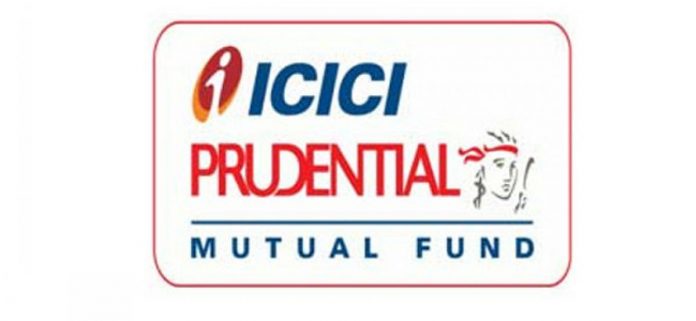The new fund offer of the ICICI Prudential Quant Fund closed on December 7th. The open-ended fund will be available for purchase at its net asset value (NAV) after the NFO. Though Quant funds are popular abroad, it is rare in the Indian mutual fund industry. So far there are only three quant funds, Nippon Quant fund (Rs. 23 crores) was launched in 2008, the DSP fund (Rs. 447 crores) was set up in June 2019 and Tata Quant fun (Rs. 92 crore) was introduced in January 2020.
ICICI Prudential Quant Fund like its fellow quant funds invests based on a predefined, quantitative-based model. The fund is benchmarked against BSE 200 TRI. The idea behind the investing strategy is to avoid behavioral biases by limiting human intervention and building a portfolio based on set rules. Since different funds follow different investment strategies, comparing their performance as such is not possible. The DSP fund chooses stocks based on high returns eliminating highly leveraged companies. Tata Quant selects stocks using AI and machine-learning and Nippon India Quant selects stocks following a quality-cum-momentum strategy. While ICICI Prudential Quant Fund will use a four-step approach (negative screening, selecting, scoring, and sizing) to filter stocks from the S&P BSE 500 index. The fund will eliminate stocks that don’t meet parameters through negative screening. Then companies are shortlisted based on fundamental, macro, and technical factors. These shortlisted stocks are scored by giving equal weight to each parameter. Finally, a portfolio of 30 to 60 stocks will be created using the composite score and market capitalization.
The core parameters used by the fund are price-to-earnings ratio, dividend yield, return on equity, and analyst ratings. All parameters will be given equal weights to arrive at the composite score. If needed macro factors, fundamental factors, and technical indicators such as RSI and MACD would be used. The scheme would be neither pure value-oriented nor pure growth-oriented. Since market-cap has a role in stock weightage, the fund will have a large-cap tilt. The portfolio will be rebalanced monthly and the parameters for stock selection will be reviewed annually.
As per back testing data, the fund is said to have outperformed the benchmark index for 10 out of 14 years. Quant funds are in the nascent stage with scope for growth, driven by factors such as squeeze in alpha generation especially in large-cap funds, and demand for objective ways of selecting stocks. But Quant fund may not work in all situations especially in situations that require quick human intervention, like change in policy or swift, sharp market swings. Also, investors should remember that the past is not always indicative of the future.
Home Articles Financial Markets & Services ICICI Prudential Quant Fund, a new entrant to the small club of...
Sign in
Welcome! Log into your account
Forgot your password? Get help
Password recovery
Recover your password
A password will be e-mailed to you.

